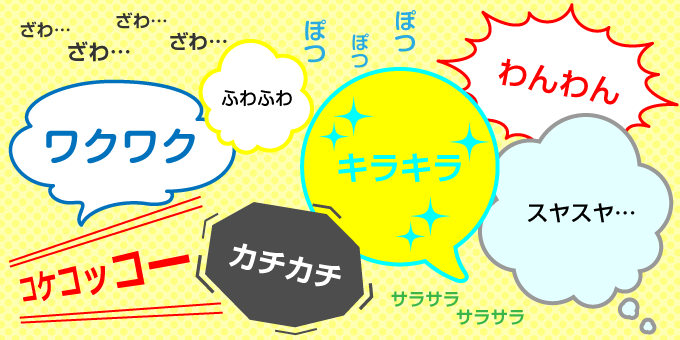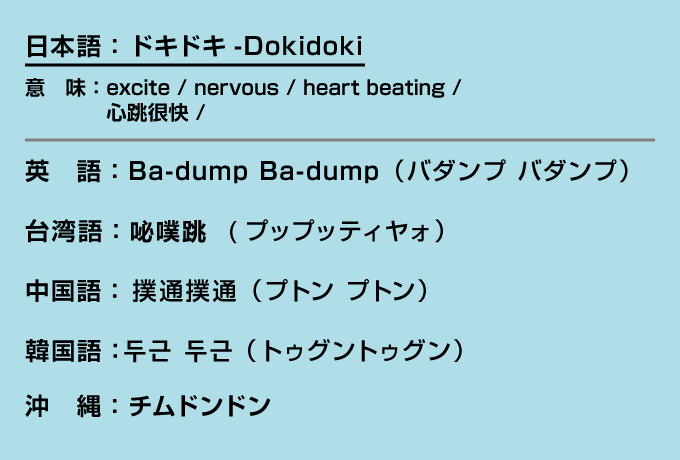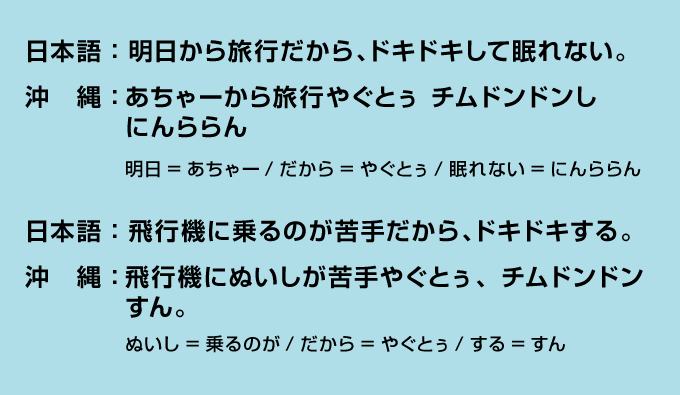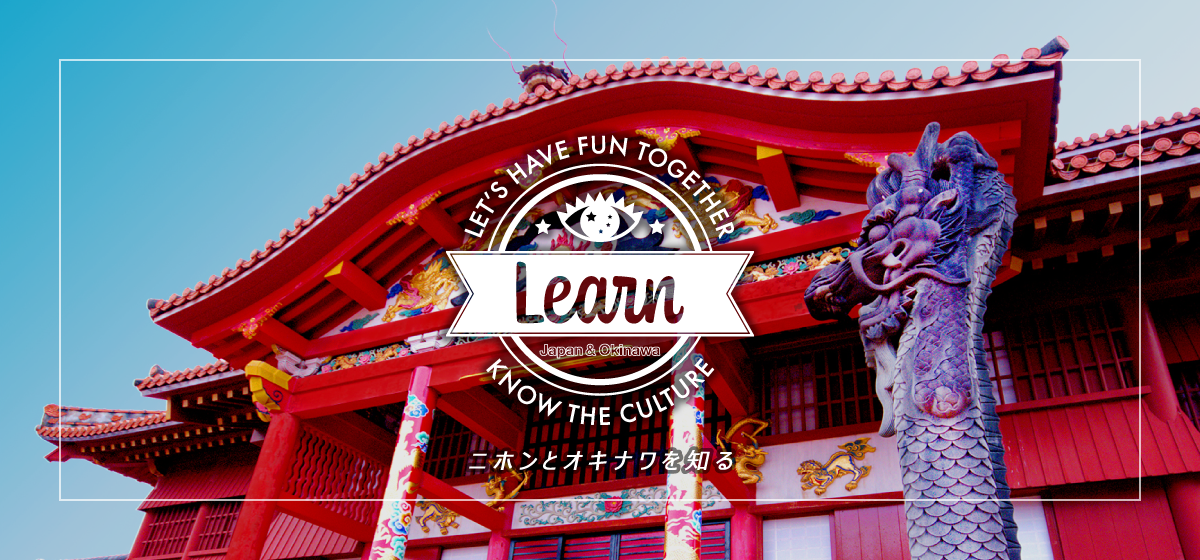Japan is full of onomatopoeia!
There are many things that can be expressed in onomatopoeia in Japan.
Before that, if you explain a bit to people what is onomatopoeia?”, It is often explained as a generic term for onomatopoeia and mimetic words. To put it simply, it is a representation of characters or words that do not emit sounds (mimetic words), such as sounds of animals or the sounds of animals (mimic words), and emotions and states.
For example, a dog’s cry is “Wan-wan” (baw-wow in English), Another simple example would be a person’s sleeping state expressed as “Gu-Gu” or “Suya-Suya” (ZZZ … in English). In this article, I will introduce onomatopoeia, a mimetic word that the Japanese usually use, such as emotions and conditions.

Onomatopoeia of emotion Doki-Doki”
Doki-Doki is used when you are nervous or fun.

Here, we introduce the differences in expressions between Japan and other countries.
Every country describes the heartbeat as a sound. It is used when feelings are uneasy, such as exercise, excitement, anxiety, fear, and expectations. By using in our conversation, we can convey our feelings well.
How to use “Doki-Doki” in Okinawa
Here is an example sentence using “Doki-Doki” in the Okinawa dialect.

The top is a scene where people are having fun and being excited, and the bottom is a scene where they are uneasy.
When it comes to writing, Okinawan dialects are as complex as foreign languages.
Even in Okinawa, elderly people use it.
Conversely, there is a possible that it may not be transmitted to young people.
Summary.
Every country expresses it with the sound “Doki-Doki”, so even if you don’t understand the language of that country,
The word “Doki-Doki” and the gesture of putting your hand on your chest are likely to convey your feelings to the other party.
I feel that nuances can be transmitted even in Japanese.
Let’s learn “Doki-Doki” in the language of the country you’re going to and tell your feelings.



